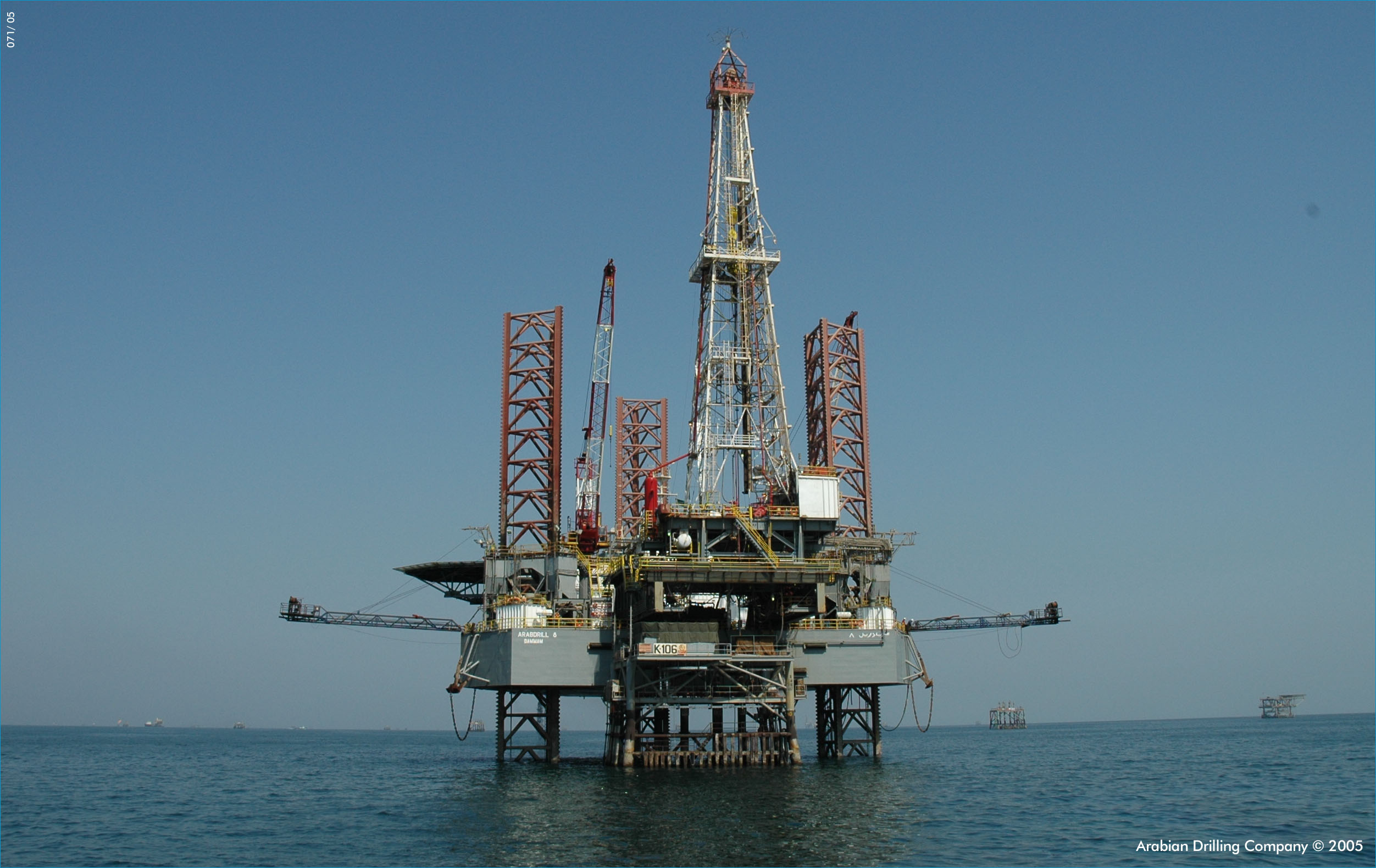
One of the best ways to take advantage of a booming industry is to buy the “pick-and-shovel” plays, rather than the companies that first come to mind. That term originates from the idea that the people who sold picks and shovels to the miners during the California Gold Rush made more money than the miners themselves.
But what happens to pick-and-shovel plays when an industry is imploding, or at least suffering a severe setback? And what can they tell us about the future of that industry? These are the questions worth asking of oil and gas equipment makers right now.
It’s no secret that the decline in oil prices over the last year has taken a serious toll on oil production companies. But the smaller – yet equally important – platform and rig companies have seen much more pain than their customers.
Seadrill Ltd. (NYSE: SDRL) announced its first-quarter 2015 earnings last week. Seadrill is one of the largest offshore drilling equipment companies in the world. The company owns drillships, platforms and various rigs used by big offshore producers like Petrobras (NYSE: PBR) and Total SA (NYSE: TOT).
The company, and the equipment industry as a whole, has had a rough time in the past year. Not only did its customers decide to pull back operations that became uneconomic with the drop in oil prices, but the amount of total rigs in action and being built was already too high to begin with.
The recent drop in oil prices came at the worst possible time for equipment companies. The vast majority of rigs in operation were already aging. And forecasts for offshore drilling – especially in the wake of new finds like Brazil’s Lula oil field – were much higher than what is now a reality.
So, over the last few years, the industry has commissioned far too many new builds. Now, with the plunge in oil prices and the rapid increase in onshore drilling – due to fracking and horizontal drilling – there are just too many rigs available for the number of jobs that remain economical for producers.
That explains Seadrill’s absolutely remarkable crash in share price last year:

But now, with oil’s slow but steady recovery during the last quarter, seeing what these modern-day pick-and-shovel plays have to say is important to understanding where the energy industry as a whole sees its short- and medium-term forecast.
Seadrill saw some improvement to its bottom line in the first quarter, but almost all of that was because of its efforts to control costs. In fact, the quote most analysts picked up from management statements during its first-quarter earnings call came from CEO Per Wullf.
“The remainder of 2015 will see subdued market conditions, and indications suggest that the challenging market (will continue) into 2016,” Wullf said.
So the outlook isn’t good, at least in the short term. But what about after that? Here, it gets worse.
Anton Dibowitz, Seadrill’s chief commercial officer, noted that the company’s floating rig business – the largest segment of its operations – is doomed to suffer for several more years.
As Dibowitz told analysts, “We could see little or no growth in the marketed supply of floating rigs between now and 2018.” The reason he gave is the number of rigs coming off contract over the next few years. Even though the rigs are old, Seadrill and its competitors are desperate for work and are even taking contracts from producers at dayrates that make them completely uneconomical.
That’s one of the key takeaways from the Seadrill earnings call, and from this pick-and-shovel angle to the energy story. Producers are still drilling. While we’ve all seen the likes of Exxon Mobil (NYSE: XOM)and Chevron (NYSE: CVX) take a hit, they are passing the pain on down the chain. And the rig business is so desperate nowadays, they are still taking on more pain by agreeing to contracts that they’ll have to take losses on, in the hope that prices and demand eventually rise.
So despite a decrease in offshore production since oil prices have declined, production hasn’t declined enough to stem the tide. While everyone seems to be forecasting a relatively quick recovery for oil prices, this extra production from offshore drillers could extend that recovery for several years. In Seadrill’s case, it might make for another three years of pain.
While there’s a solid case that oil can’t fall much more due to the cost-effectiveness of onshore drilling – i.e., fracking costs and quick depletion of well production – these facts about offshore drilling could be just as informative of how slow the recovery of oil prices might actually be.
As for an investment in Seadrill, I’d wait a few years. Of the rig and equipment companies out there, it’s still the best and has the newest fleet. But it won’t likely be a growth company for several years.
Cheap Oil Here to Stay – For Now
Crude hasn’t been this cheap since March 11, 2009. And it’s likely to stay low for a while. OPEC refuses to cut production. And US production is expected to increase – not decrease – an additional 600,000 more barrels a day. The Saudis have played this one wrong – and you could profit from their blunder.
Top analyst Tyler Laundon’s found what he considers the best way to play this new, cheap oil boom.



